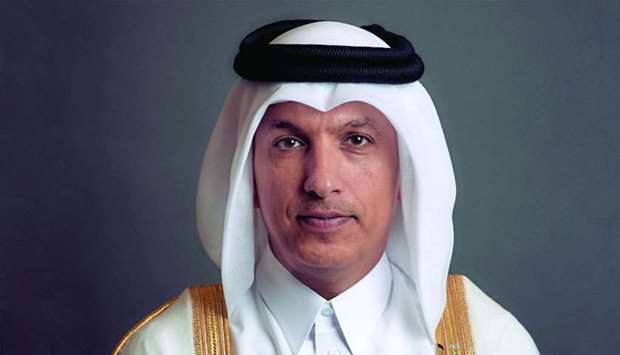HE Minister of Finance Ali Sherif al-Emadi has said Qatar is proceeding with the development of investment policies to achieve the highest growth rates for pension funds, taking into account the risks they can face in the medium and long term.
In his statement, which topped the annual report of the General Retirement and Social Insurance Authority (GRSIA) for the year 2017, al-Emadi said investment policies were developed following extensive technical studies, which would enhance the ability of the GRSIA to continue to provide the best returns to investors.
The GRSIA has taken deliberate measures to enable the pension funds to maintain their investment performance, with a growth rate of 6% in investment revenues compared to 2016, al-Emadi said.
Over the past year, pension fund investments have reached QR90bn. The annual report of the GRSIA also referred to 98.8% of the total investment portfolio of the funds.
The report indicated that the fund's insurance revenue grew 53% compared with 47% of investment revenue from total fund revenue in 2017, with a 7% growth in total revenues for 2016.
The number of active civilian participants reached 68,000, an increase of 2391, or 3.6%, compared with 2016, according to GRSIA data.
Female participation accounted for 52.9% of the total number of active participants, working in 371 organisations subject to retirement and social insurance system, with 80% of them working in the governmental sector.
The report noted that 76.3% of the 38 Qatari nationals working in the GCC and covered by the retirement system are in the government sector.
Meanwhile, the number of GCC nationals working in Qatar and covered by the retirement system stood at 2377 with most of whom (56.8%) working in the government sector.
The value of the pensions amounted to QR4bn in 2017, according to GRSIA data.
GRSIA president, Turki bin Mohammed al-Khater said the strategy of the Authority for the period of 2018-2022 is to ensure the sustainability of the funds to ensure the welfare Qatari workers, overcoming challenges and constraints through reform measures and policies.



